Hemp Grow Mat, Cut to Discs
Coco Coir Mulch Ring Tree Protector Weed Mat/ Natural Coir Fibre Weed Mat
Winter Protection Coconut Mulch Cover Discs Weed Control Plant Cover Coir Mat For Garden
NATURAL & ECO-FRIENDLY - The weed control tree rings are eco-friendly and made of 100% natural coconut coir fiber and latex. Tree rings are great for plants and trees in the indoors as well as outdoors to grow a perfect garden in your lawn.
HERBICIDE- The natural weed mat is more effective than loose mulch at protecting plants from weeds, made from natural coco coir fiber, it is a great plant cover against frost allowing water, air and nutrients to get to the roots of the shrub or the tree.
LIGHTWEIGHT & EASY TO HANDLE- There is a handy slit in the disc to make the disc lay nice and easy. You can enlarge the central hole easily if your plant needs a bit more space, just use a pair of scissors to customize and enlarge the center.
ADVANTAGES- Mulch mat/Tree rings decrease evaporation of water from pot. It holds moisture; therefore, plants can sustain without water for one or two days. It covers the top layer of potting mix, giving a good aesthetic appearance. Mulch mat can be cut into smaller size for smaller pots.
QUALITY:-Our goal is to achieve customer satisfaction, we will try our best to help solve your problem in 24 hours. Please do not hesitate to contact us if there are any problems.

 英语
英语 俄语
俄语 德语
德语 西班牙语
西班牙语 法语
法语


 Innovation Team
Innovation Team Patented Technology
Patented Technology Quality Assurance
Quality Assurance Efficient Response
Efficient Response.jpg)
.jpg)
.jpg)
.jpg)
.jpg)
.jpg)
.jpg)
.jpg)








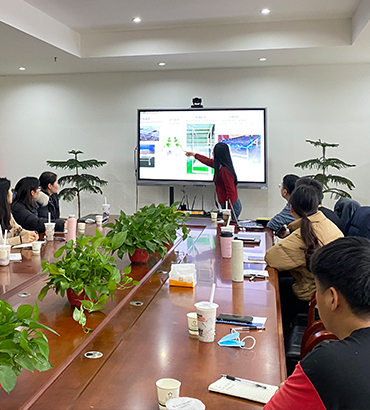
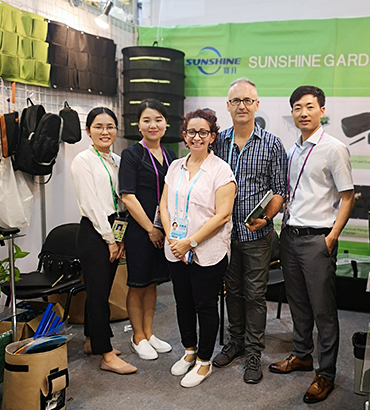
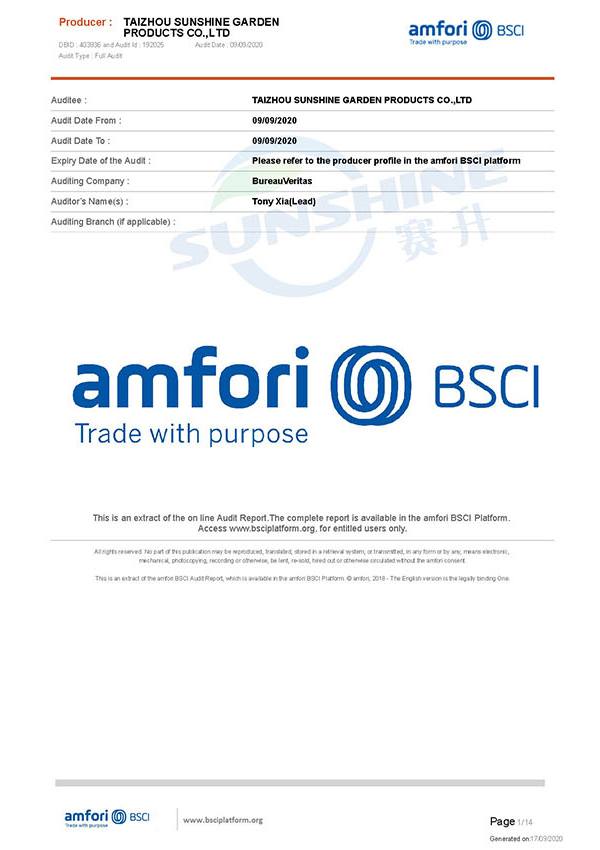
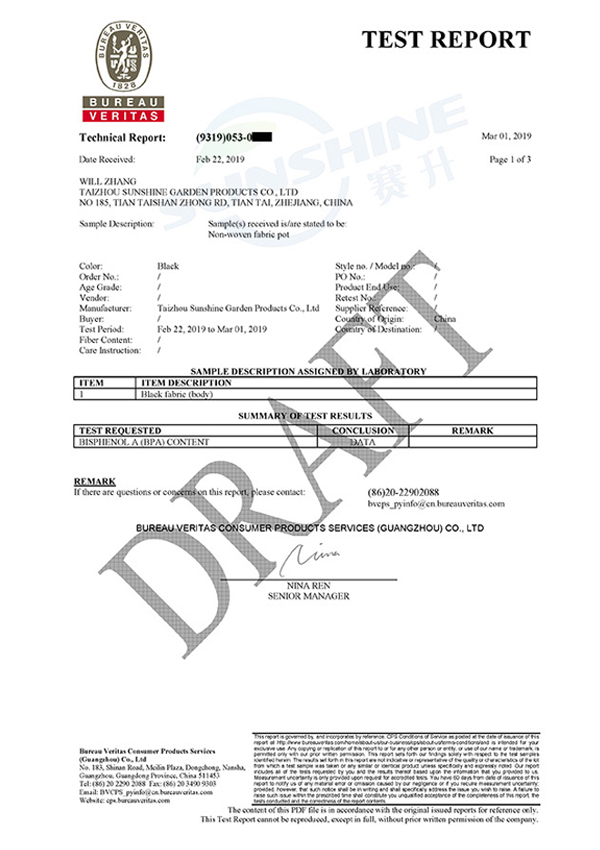
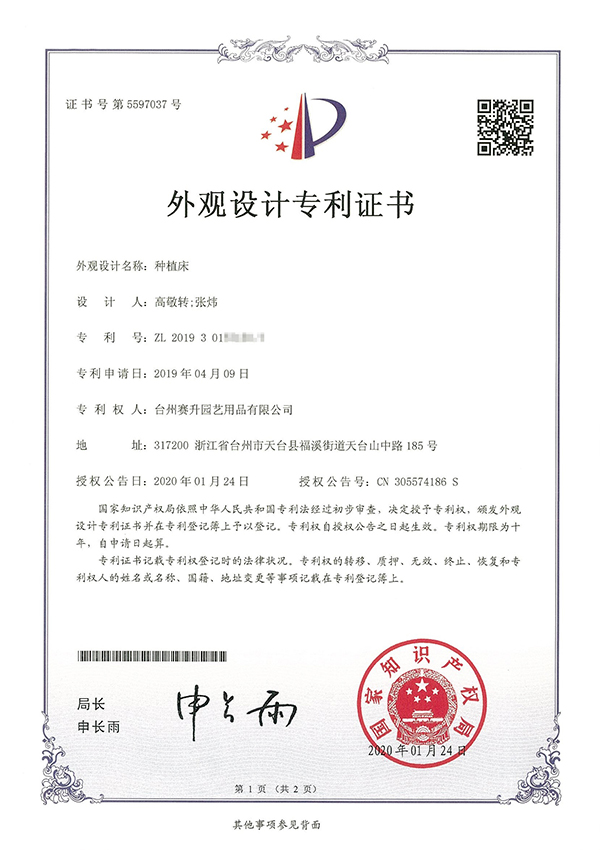

-1.jpg)
.jpg)
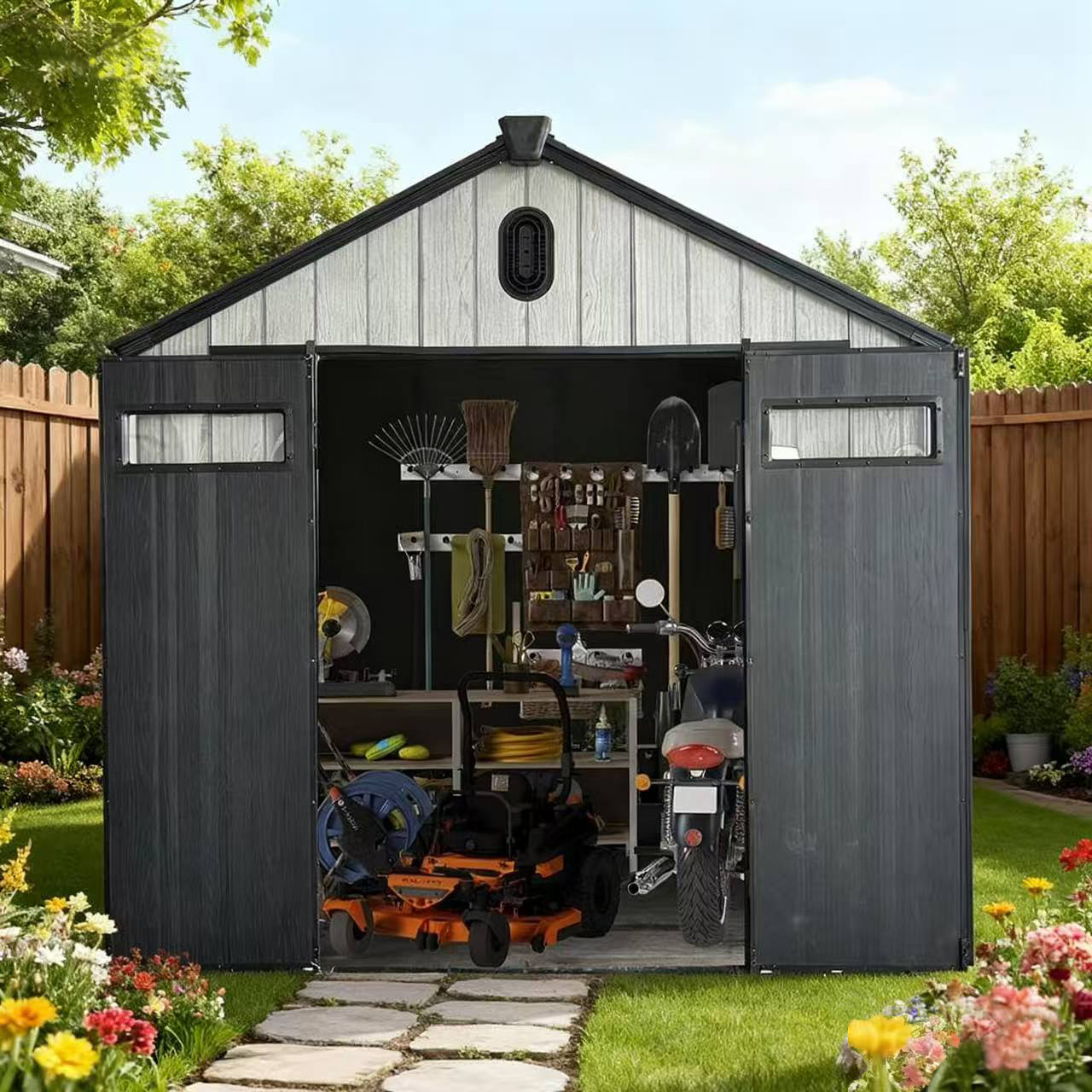
.png)
.jpg?imageView2/2/w/800/h/800/format/webp/q/75)
.jpg?imageView2/2/w/800/h/800/format/webp/q/75)
.jpg?imageView2/2/w/800/h/800/format/webp/q/75)
.jpg?imageView2/2/w/800/h/800/format/webp/q/75)
